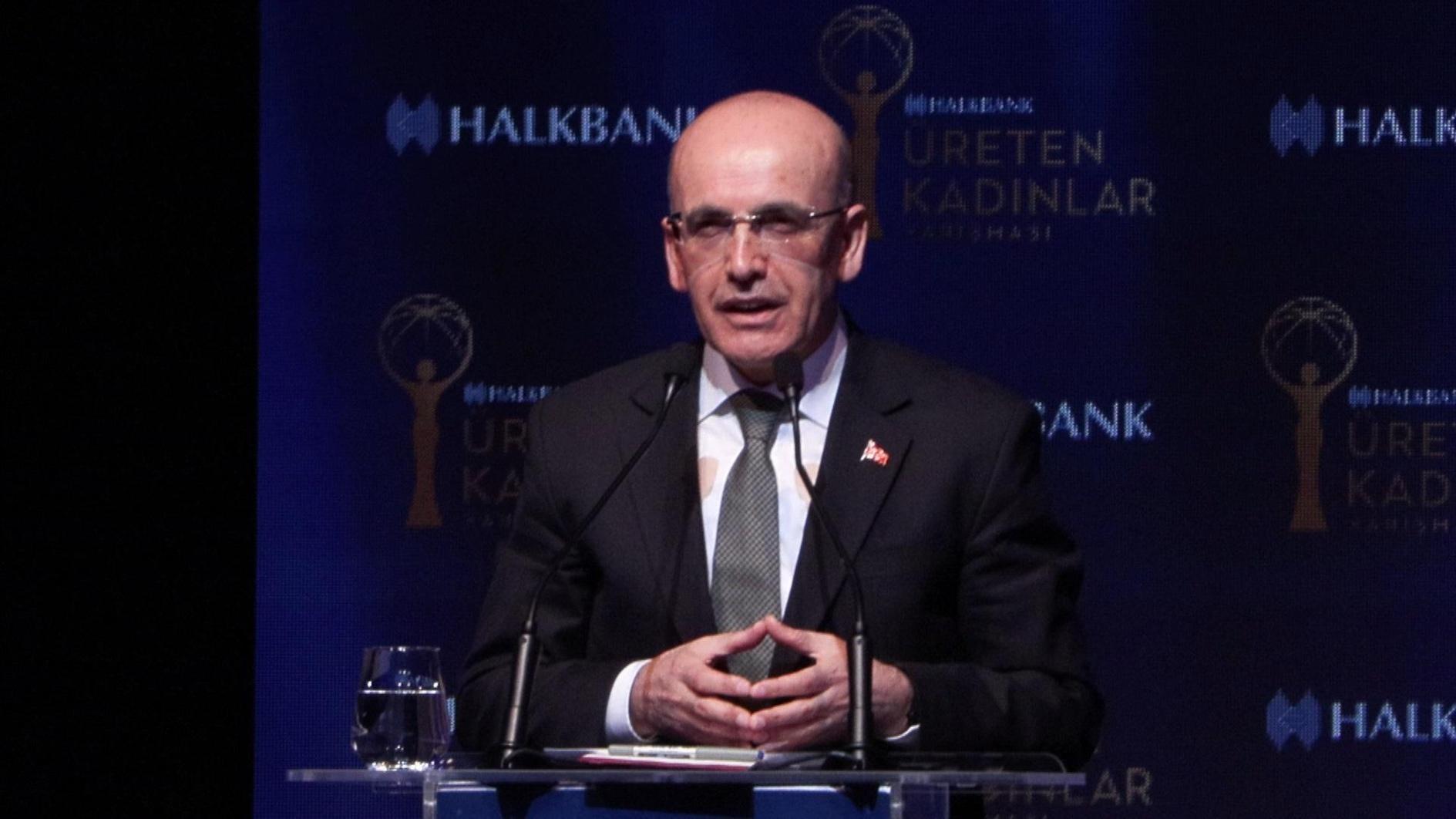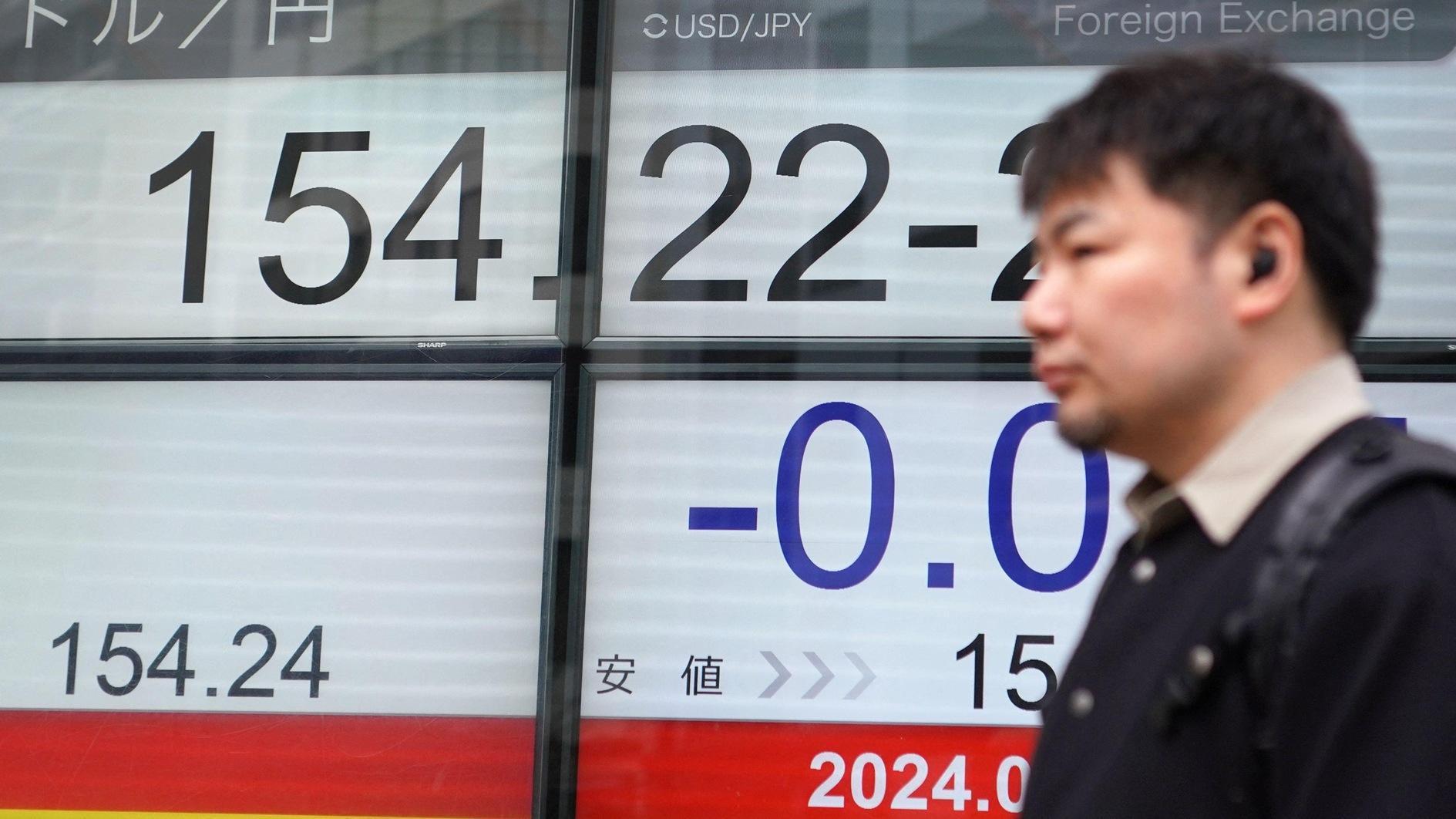What do Gallipoli and Crimea mean for Turkey?
There is a story about how Beşiktaş, the popular Turkish football club, adopted its black and white colors.
Established in 1903, the original colors were red and white, like the Turkish flag. When the Bulgarian army captured Edirne, the club temporarily added black until the city was retaken. It was indeed recaptured by the Turkish army, led by Enver Paşa, in 1913. However, the country was suffering from a war and waves of migration from all parts of the shrinking empire, so Beşiktaş decided to keep black as a supplementary color to red and white.
On Aug. 1, 1914, Enver Paşa, as Defense Minister of Sublime Porte, declared that two German battleships, the Goeben and the Breslau, had joined the Turkish navy under the names of Yavuz and Midilli, in order to save them from the British navy in the Mediterranean.
Now under the Turkish flag, the two ships sailed to the Black Sea and bombarded Russian ports in the Crimea and around it, which officially put Turkey in the First World War in the same trenches as Germany and Austria-Hungary, against Russia, Britain and France.
In order to secure the supply lines to Tsarist Russia, Britain and France started a campaign to penetrate the Black Sea through the Turkish Straits.
The Gallipoli campaign started. The Turkish army and navy had already suffered great losses from the Balkan and Libyan wars. Almost all of young and educated workforce of Turkey volunteered to fight at Gallipoli.
That included the entire football team of Beşiktaş. All of them were killed, as part of the 57,000 Turkish losses. There are many sad Gallipoli (and Çanakkale, the province including the Gallipoli peninsula) tales in Turkish folklore today.
Beşiktaş ended up adopting black, the color of grief, as its main color with white. Red became supplementary.
The Gallipoli Campaign in Turkey is also known as the “reserves war,” as most of the volunteer soldiers were put in the trenches with minimal training, minimal equipment, weapons and ammunition.
Turkey buried a generation of its educated people there in order to gain a future.
For some historians, Turks did not only won a series of battles in Gallipoli on March 18, but also a spirit to revive the resistance once again, which resulted in a chain reaction across the entire region. With no supply lines from the allies, Tsarist Russia could no longer stand against the Bolshevik Revolution in 1917, and communist soldiers immediately stopped taking part in the war.
In 1918, the Ottoman dynasty was forced to accept the heavy conditions of an armistice, which led to a British, French, Italian and Greek invasion of the country, sparking a War of Independence in 1919. That resulted in a regime change and the Turkish Republic was announced in 1923 by Mustafa Kemal Paşa (later Atatürk), who was also the hero of the Gallipoli battles.
But yes, it started with bombing of Crimea. Crimea was the first piece of land lost by the Ottoman Empire back in 1774. As a result of a defeat against the Russians in the Balkans, the Turks had to accept the autonomy of the Crimea Khanate, which had been under Ottoman sovereignty. (Crimea actually comes from the “Kırım”; etymologically, it is derived from the Turkish “kır,” meaning “countryside.” “Kırım” thus means “my countryside.”)
Ironically, the Turks and the Brits fought against the Russians for Crimea in 1853-56, which left a number of sad songs behind some 60 years before Gallipoli.
So, what is happening in Crimea now is actually of great interest to Turkey, despite the fact that public attention nowadays is more on the graft probes and corruption allegations, and Prime Minister Tayyip Erdoğan’s performance in the March 30 local elections.











